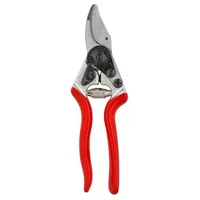How to water your garden less — 8 expert tips that save money and help your plants
Expert advice on cutting water usage without compromising plant health
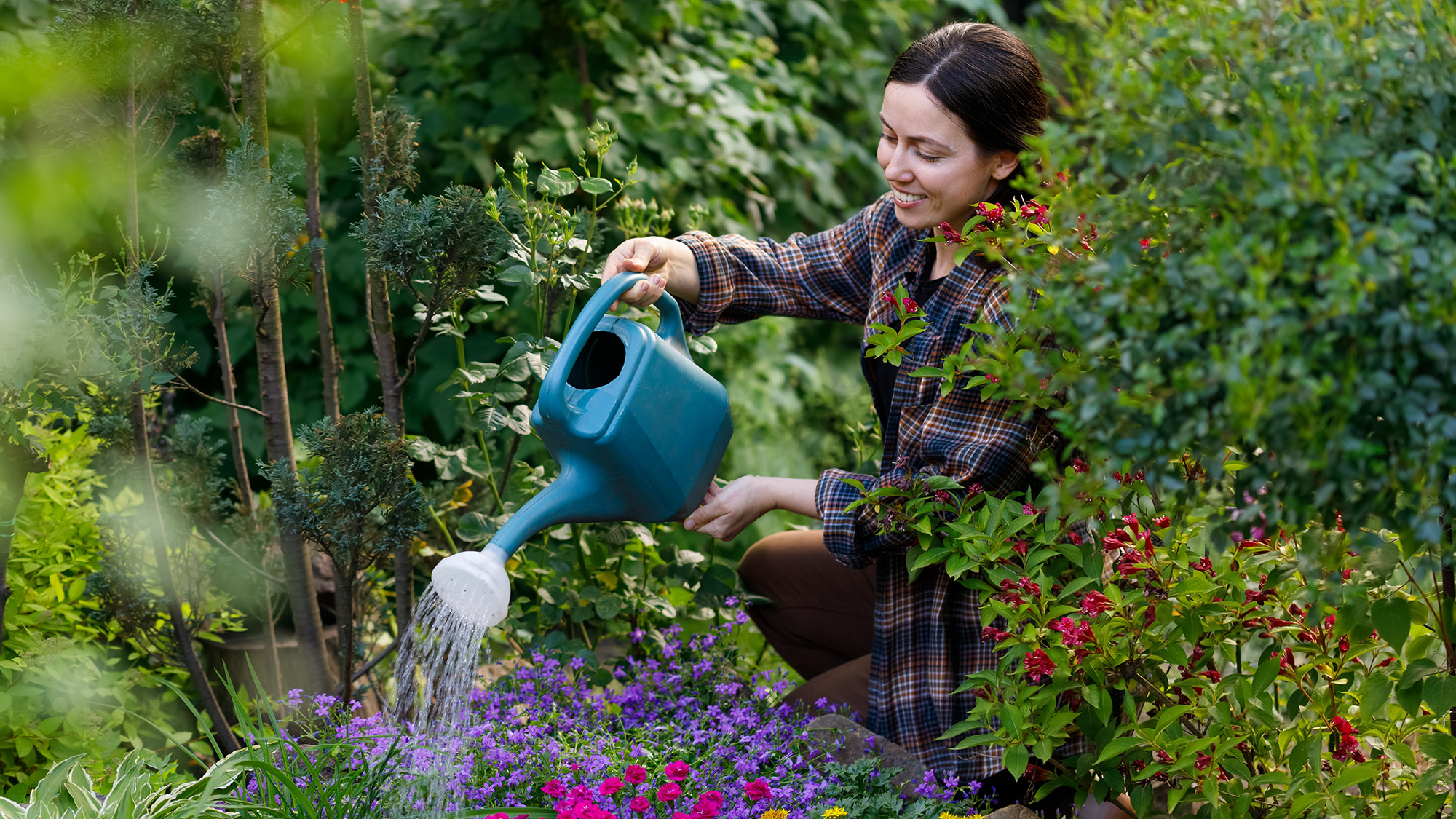
Summer brings longer days and warmer weather, but it also means your yard needs more water to stay healthy. With water costs rising and environmental concerns growing, finding ways to maintain a green back yard while conserving water has become increasingly important for homeowners.
The challenge is keeping your plants thriving without wasteful watering practices that drive up bills and strain local water resources. Many gardeners unknowingly use far more water than necessary, often watering plants at the wrong times or focusing on those that don't actually need extra hydration.
These expert-recommended methods focus on maximizing efficiency, timing, and plant selection to create a beautiful outdoor space that works with nature rather than against it. Here's how to save water in your garden while keeping your plants healthy.
1. Improve your soil condition first
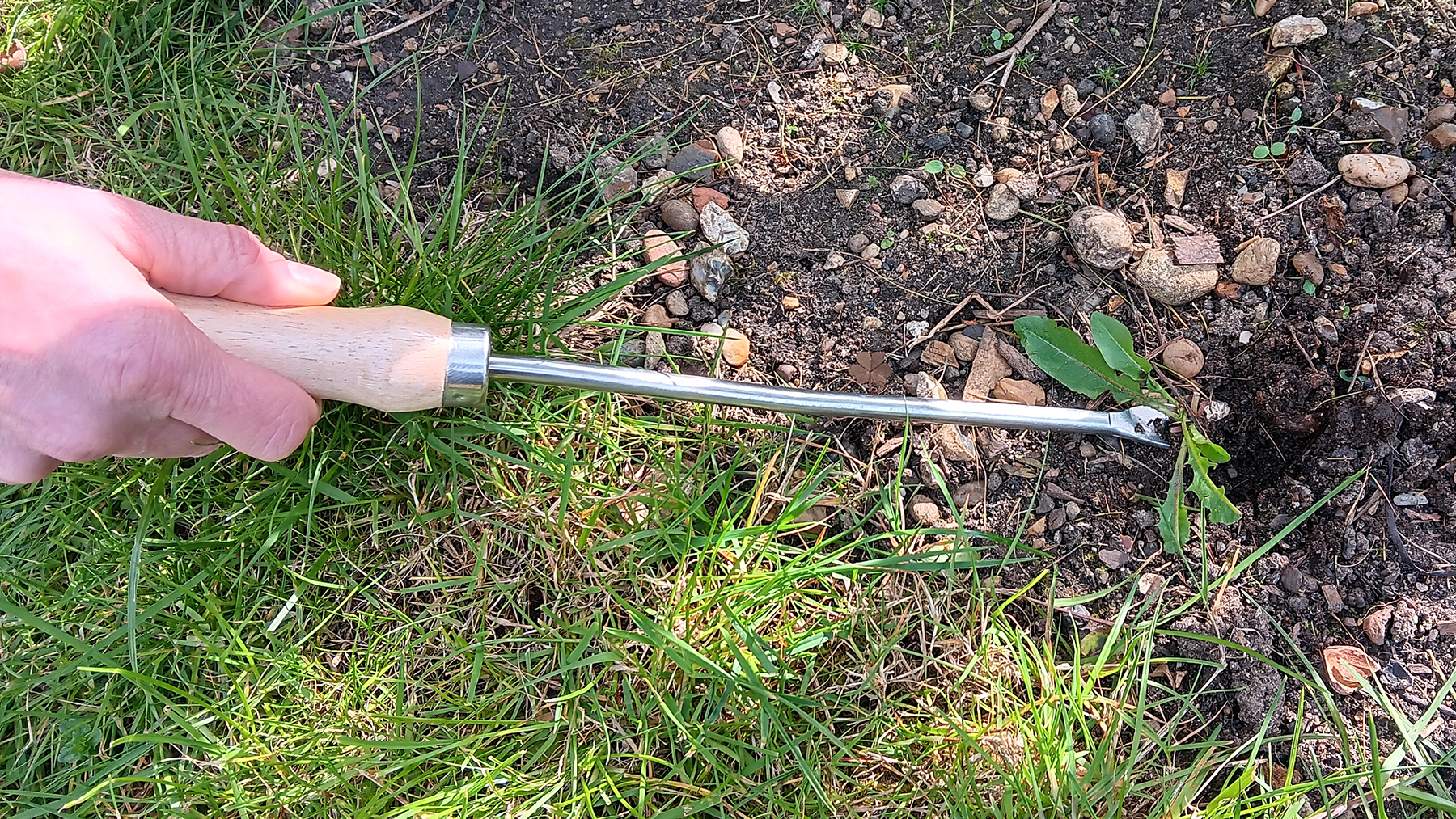
Healthy soil naturally retains more moisture, reducing the amount of watering your garden needs overall. Poor soil drains too quickly and forces you to water more frequently, while well-conditioned soil acts like a sponge that holds water longer for plant roots to access.
"If your soil is in top condition, then it won't need as much watering," explains a spokesperson for GardenBuildingsDirect.co.uk. "Try adding natural fertilisers to the soil to improve its structure. This will help retain moisture.
"Pull out any weeds too — you don't want the water you do put on the garden to help the weeds grow and not the plants."
2. Use mulch around flower beds and containers
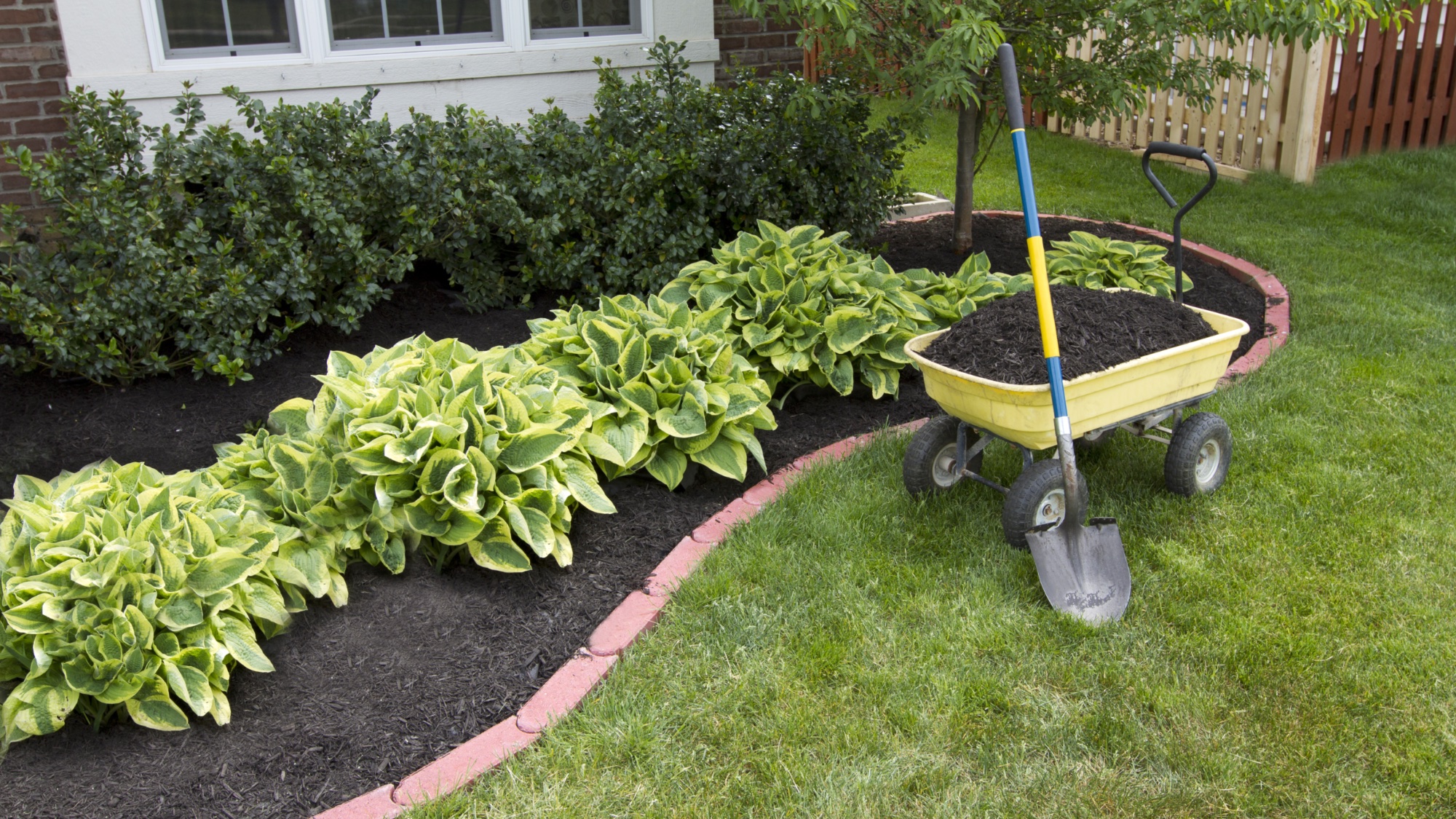
Mulching is one of the most effective ways to reduce water loss from evaporation. A layer of organic mulch around your plants creates a barrier that keeps soil moisture from escaping during hot, sunny days while also suppressing weeds that would otherwise steal water from your plants.
Organic options like bark chips, straw, or shredded leaves work well and break down over time to improve soil quality. The experts recommend "laying mulch around flower beds and in hanging baskets. This will trap moisture and prevent it evaporating during sunny spells."
3. Time your watering strategically
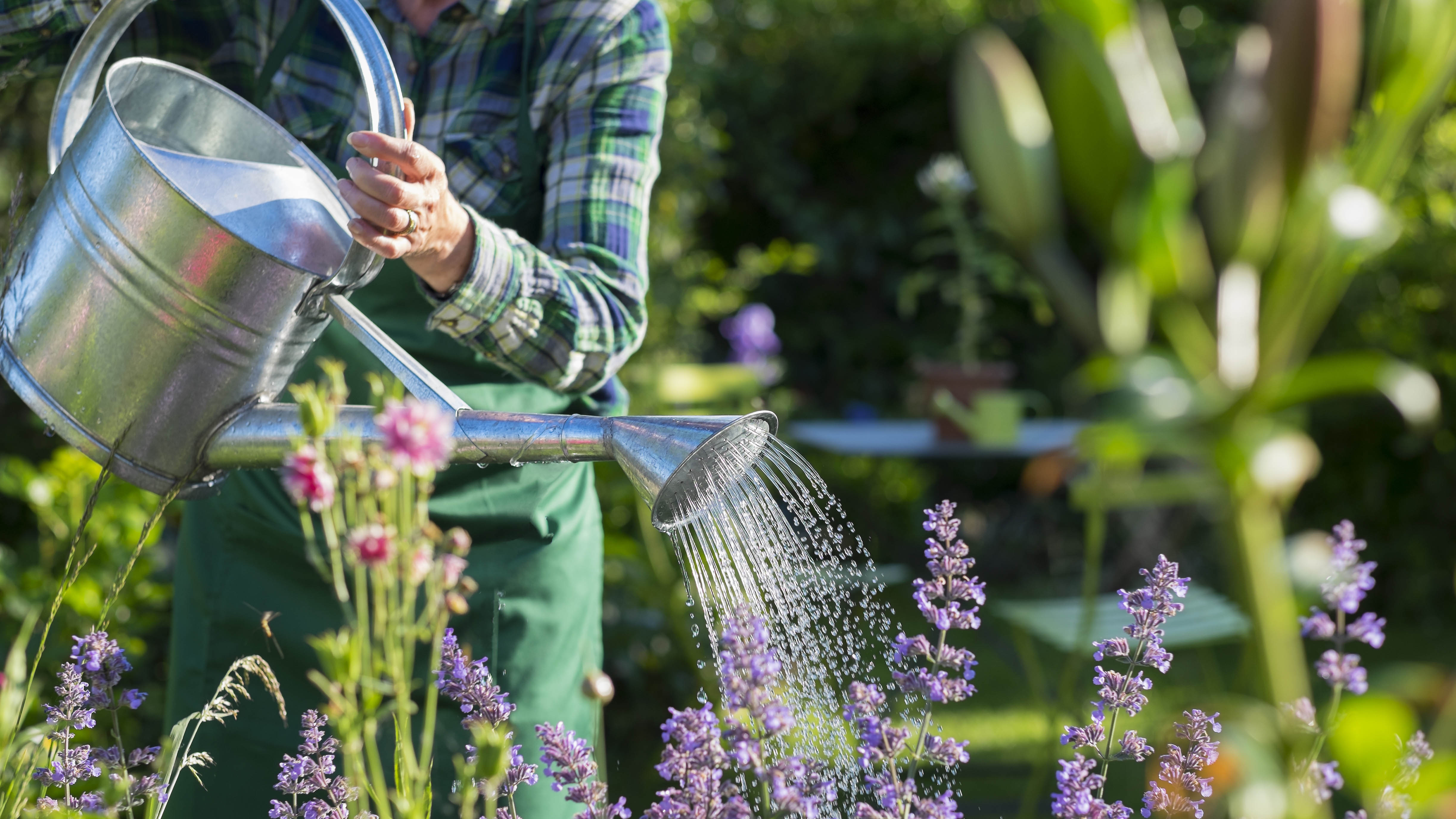
When you water matters just as much as how much you water. Watering during the heat of the day leads to massive water loss through evaporation, while early morning or evening watering gives plants time to absorb moisture before the sun gets intense.
Morning watering is generally preferred since it gives plants moisture to get through the day and reduces the risk of fungal diseases that can develop when plants stay wet overnight.
"Water the garden first thing in the morning and in the evening when it's cooler and the sun has set," advise the experts. "It will reduce the amount of evaporation." This timing change alone can make your watering efforts significantly more effective.
These gardening gloves provide an excellent grip and have a comfortable fit around the wrist, plus they are breathable and machine washable and available in three sizes. They are perfect when you need a medium-duty gloves that provides dexterity. Plus, they come in a pack of two.
4. Choose drought-resistant plants
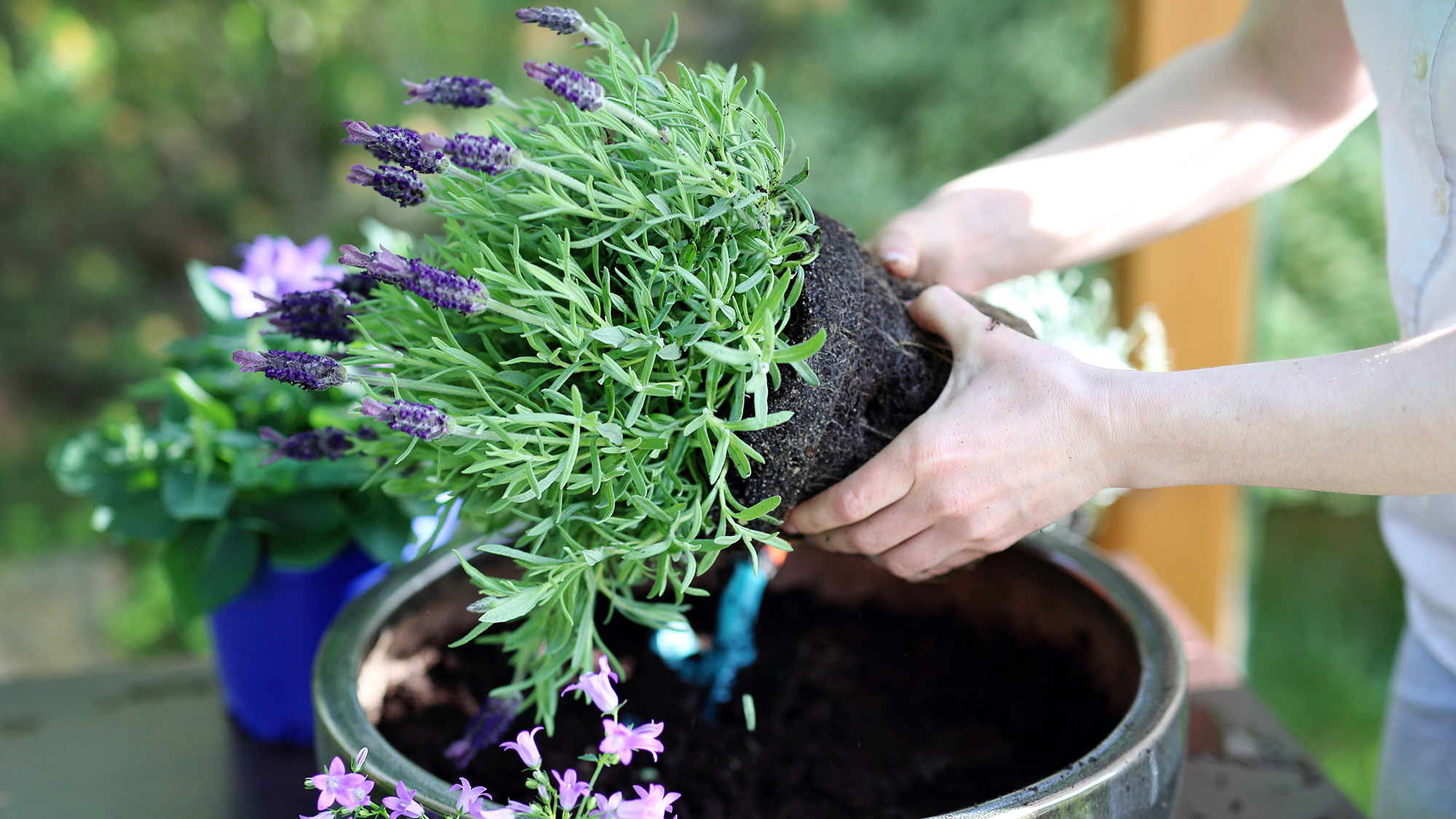
Plant selection plays a huge role in your garden's water requirements. Native plants and drought-tolerant varieties naturally need less water once established, making them perfect for water-conscious gardeners who still want beautiful blooms and foliage.
Research plants that thrive in your climate with minimal water. Succulents, lavender, ornamental grasses, and many Mediterranean herbs are excellent low-water options that still provide visual interest and functionality.
Some plants need less water than others, so if you're serious about saving water, opt for those that require very little. This approach reduces long-term maintenance while creating a more sustainable garden.
This Felco bypass pruner is perfect for medium-sized hands and comes with a comfortable ergonomic handle. It has a sturdy design, yet is lightweight and gives a consistent performance. What's more, this pruner is given a 5-star rating in our round up of the best pruning shears.
5. Install a water collection system

Water butts and rain collection systems let you capture free water during wet periods to use during dry spells. This reduces your reliance on tap water while making use of natural rainfall that would otherwise run off your property.
Set up a water butt by diverting a drainpipe from your roof gutters. Position it near areas where you'll need water most frequently, and make sure it has a secure lid to prevent mosquito breeding.
"By the warmer months you'll have plenty of water ready to use in the garden." This investment pays for itself quickly through reduced water bills.
6. Repurpose gray water safely
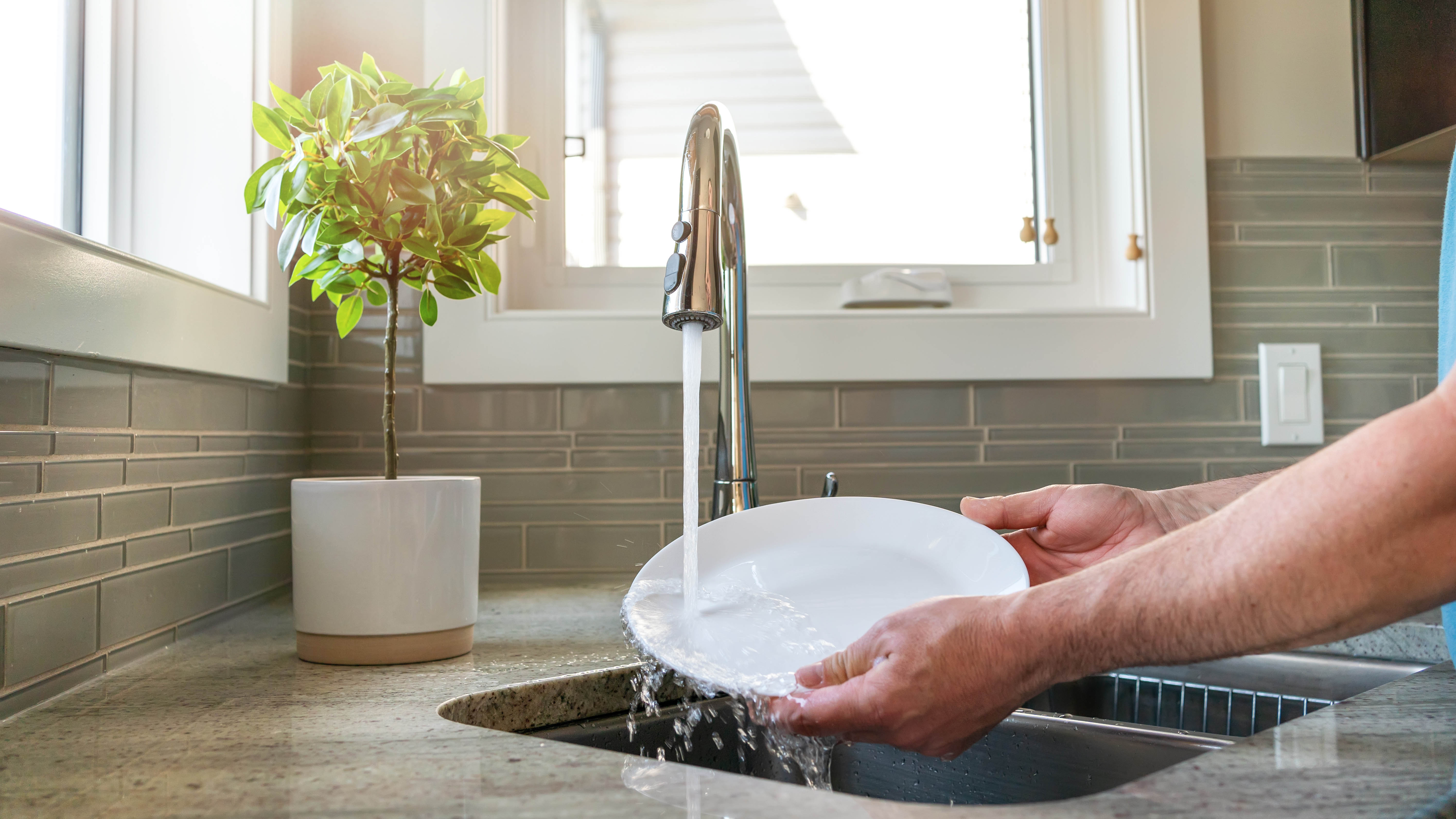
Gray water from baths and washing up can supplement your garden watering when used correctly. This recycled water works well for ornamental plants and helps you make the most of water you've already used in your home.
Use only gray water that contains mild, biodegradable soaps and avoid any water with bleach, disinfectants, or harsh chemicals. Let the water cool before applying it to plants, and never use grey water on edible crops.
"Bath water and washing up water can both be used in the garden, where they contain well-diluted and biodegradable soaps," note the experts. They emphasize checking that your washing up liquid is gray water safe and using this method as a short-term solution rather than a regular feeding routine.
7. Use watering cans instead of hoses
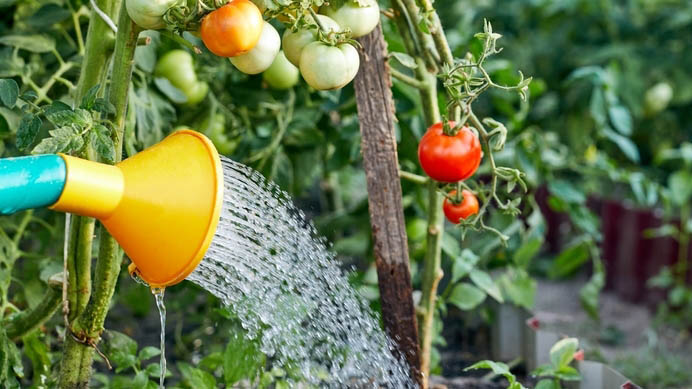
Watering cans give you much better control over water distribution and help prevent overwatering. Hoses make it easy to use more water than necessary, especially when left running while you move between plants.
Switch to a watering can for most of your garden watering needs. The gardening experts recommend to "opt for a watering can rather than a hose to water the garden. If you do use a hose, use a trigger to closely control the flow." This simple change can reduce water waste significantly.
8. Prioritize which plants really need water
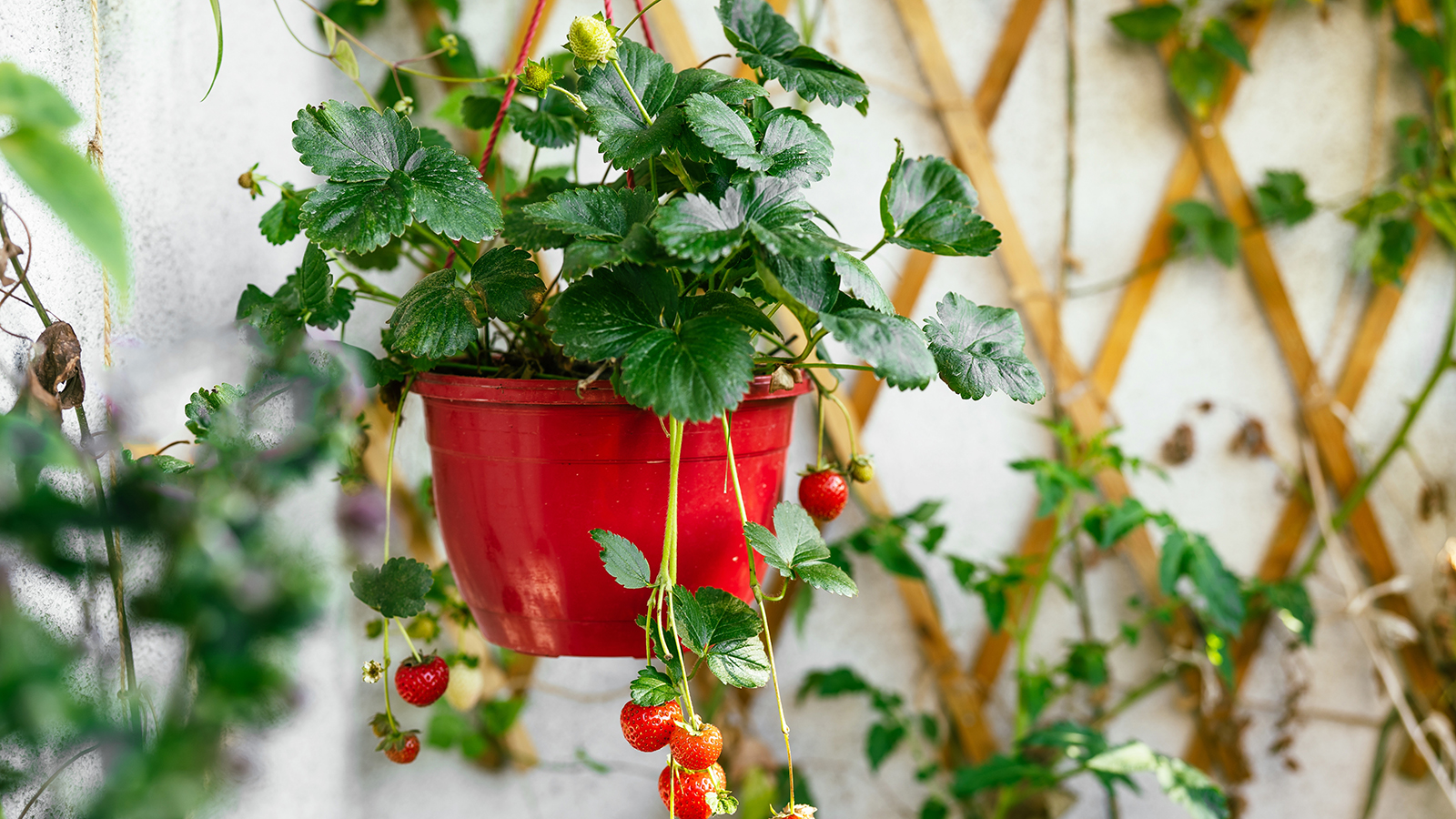
Not every plant in your garden requires the same amount of attention during dry periods. Focus your watering efforts on the plants that need it most while allowing hardier specimens to cope with less frequent watering.
Prioritize containers, hanging baskets, newly planted specimens, and edible crops like fruits and vegetables.
"Not all plants need the same amount of water," explain the experts. "Fruit and veg are worth watering regularly. It's also worth prioritising containers, any new plants and hanging baskets. Grass is really resilient and even if it turns brown, will grow back lush and green."
Follow Tom's Guide on Google News to get our up-to-date news, how-tos, and reviews in your feeds. Make sure to click the Follow button.
More from Tom's Guide
- How to rat-proof your yard — 5 expert tips to keep rodents away
- This DIY wasp trap costs nothing and works — here's how to make one
- Kitchen sink smelling bad? This 3-step trick fixes it instantly
Get instant access to breaking news, the hottest reviews, great deals and helpful tips.

Kaycee is Tom's Guide's How-To Editor, known for tutorials that skip the fluff and get straight to what works. She writes across AI, homes, phones, and everything in between — because life doesn't stick to categories and neither should good advice. With years of experience in tech and content creation, she's built her reputation on turning complicated subjects into straightforward solutions. Kaycee is also an award-winning poet and co-editor at Fox and Star Books. Her debut collection is published by Bloodaxe, with a second book in the works.
You must confirm your public display name before commenting
Please logout and then login again, you will then be prompted to enter your display name.

